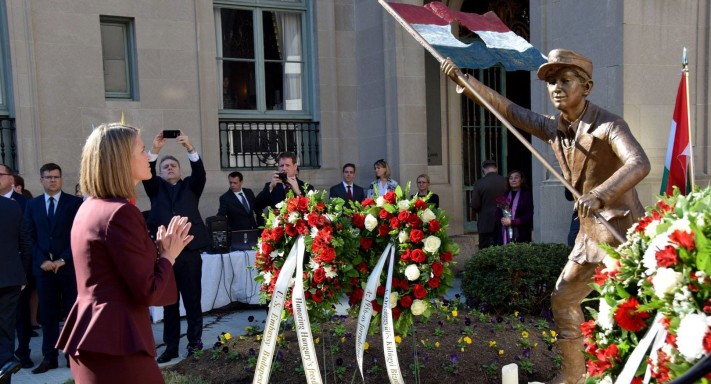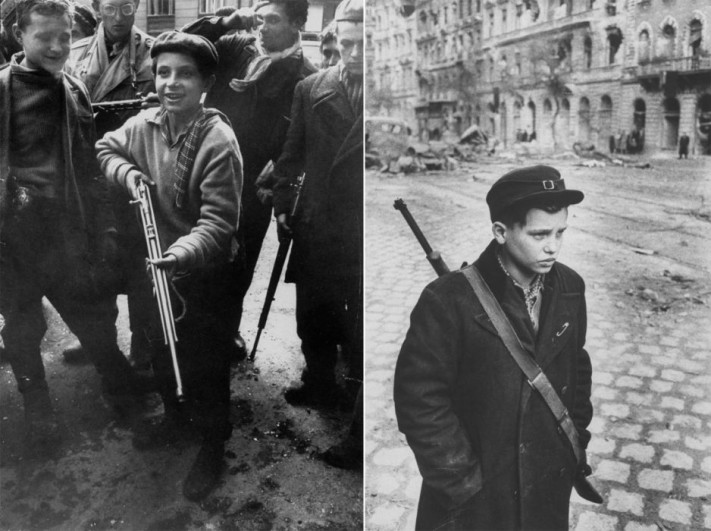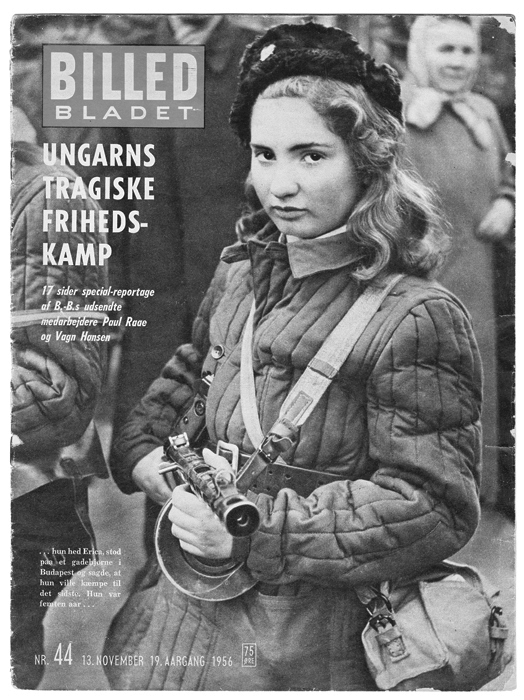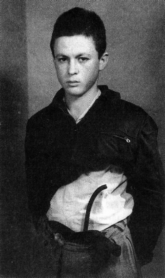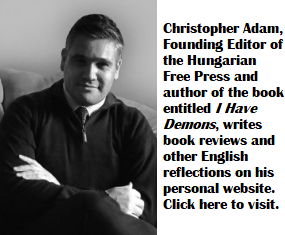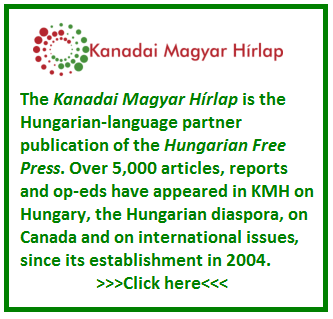I was surprised. Actually, I was dismayed to see US Ambassador to Hungary Colleen Bell delivering remarks at the statue unveiling of the Budapest Lad when on Sunday October 16, the sculpture was inaugurated to commemorate the 1956 Hungarian Revolution. The unveiling took place in Scott’s Circle at 1500 Rhode Island Ave, NW, Washington DC on the grounds of the new embassy building.
Hungarian Minister Mr. Miklós Seszták spoke: “This statue symbolizes the common desires and principles that always bonded or countries and nations together.” Mr. Zsolt Németh, Chairman of the Foreign Affairs Committee of the Hungarian Parliament and János Horváth, former member of the Parliament were also present.
According to the invitation the statue honors the memory of the freedom fighters. “The life-size bronze statue of the Budapest Lad depicts a typical Hungarian student of the time holding the national flag of the revolutionaries with a hole in the middle where the symbol of the oppressive Communist regime has been cut out.”
These child soldiers were not “typical Hungarian students.” The so-called “Lads of Pest” (Pesti Srácok) were mainly teenagers who carried weapons, Molotov cocktails and fought the well-trained professional Soviet Army in 1956. Some teenagers even served as commanders of armed units! Many were either killed in combat or executed during subsequent reprisals.
Danish journal Billed Bladet published a photo 15-year-old Erika Szenes posing with a sub-machine gun. The red-hair freckled girl in cotton-wool coat was an orphan and studied to become a cook. Her boyfriend talked her into joining the fighters and died a couple of days after the photo was taken. She was shot in the neck.
Over eighty percent of “Corvinists” (Corvin köz fighters) were below the age of twenty. “These children achieved victory for the Revolution with their fighting and became heroes of the nation; we will not deprive these children of their weapons”, Gergely Pongrátz, the commander-in-chief believed to have said this to Pál Maléter, the Minister of Defense at that time.
Who would give weapons to children as young as twelve to fight? Who would encourage little girls to crawl under Soviet tanks with Molotov cocktails and blow them up?
Péter Mansfeld is perhaps the best-known child soldier. He was 15 when he joined the fighters and two years later he attempted to organize an armed group to free his older comrades from jail. He was under 18 years of age, the legal limit of imposing the death penalty at the time. The Kádár-regime executed him shortly after he turned 18, on 21 March 1959. True insanity.
Mansfeld, today is celebrated as the “martyr of the Hungarian Revolution.” Was he a martyr, or a misled teenager who was talked into organize an armed group?
I find the cult of the Budapest Lad disturbing. No responsible person would give weapons to an unprepared 15 year-old to fight a professional army. These children were victims of horrific reprisals but also the victims of their own revolutionary leaders and comrades.
It is stomach churning to listen to speeches about the “heroism” of the children. If they had survived many of them today would be not much older than me.
György Lázár

